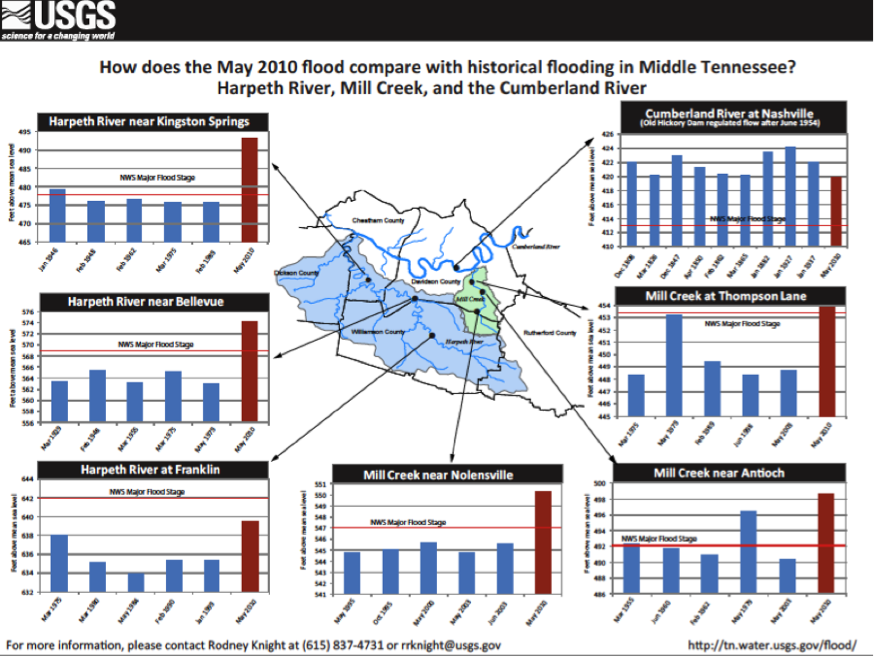Average annual rainfall plays a large role in the climate of a particular region. For example, a tropical rainforest such as the Amazon receives a higher mean annual rainfall, around 100 in/yr, than say the Sahara desert, which is around 5 in/y (ACEER 2001;Thinkquest 1998). Thus, annual rainfall can give indications of the kind of ecosystem that will be present. Drought resistant plants such as cacti would not be found growing on rainforest soil. That said, many estuaries that are considered “healthy” are characterized as a dynamic system that allows them to be productive by continually creating biomass and carry out life processes with the freshwater inflows they receive directly or indirectly from rainfall in the climatic region in which they exist. Changes in timing or amount of freshwater inflows into an estuary can disrupt balance of the ecosystem (Montagna et al. 2013). Therefore, understanding the frequency, timing, and magnitude of rainfall events is important for managing estuaries (Montagna 2013).
Precipitation falls directly on the estuary or is incorporated further upstream in the river. Precipitation on a stream or river changes the flow characteristics of that stream or river. USGS has gauges located at different points of several rivers that take continuous data and measure baseflow (USGS 2013a). Baseflow condition is the flow rate that occurs on average. When a rainfall event occurs, a gauge can measure the additionally resulting flow that occurs from precipitation events.
Rainfall can be plotted on a hydrograph along with streamflow. The graph provides information on the amount of rainfall and the effect by the corresponding rise in streamflow level. Rainfall for any given area can be calculated in gallons using a USGS rainfall calculator (USGS).
